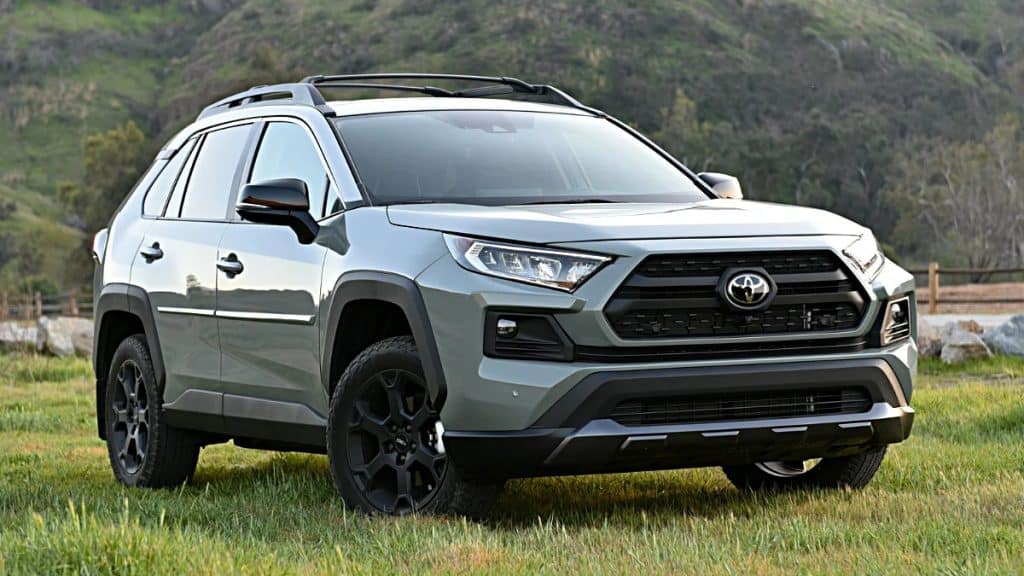The Toyota RAV4 has been a popular choice among SUV enthusiasts since its introduction in the mid-1990s. Known for its reliability, versatility, and efficiency, the RAV4 has become one of Toyota’s best-selling vehicles. However, like any other vehicle, the RAV4 has had its highs and lows, with certain model years that consumers might be wise to avoid. This article will delve into the RAV4’s history, highlighting the Toyota RAV4 years to avoid, while also providing insights into the financial considerations of owning a vehicle like the RAV4.
Toyota RAV4: A Brief History
The Toyota RAV4 was introduced as a compact crossover SUV, a segment that has seen exponential growth over the years. It was one of the first vehicles to offer the benefits of SUVs, such as increased cargo room and higher visibility, with the maneuverability and fuel economy of a smaller car. Over the years, Toyota has made numerous improvements to the RAV4, including upgrades in safety features, fuel efficiency, and in-car technology.
The Highs of the RAV4
Throughout its history, the RAV4 has received accolades for certain model years that delivered exceptional performance, durability, and owner satisfaction. These standout models often featured cutting-edge technology, advanced safety features, and a comfortable driving experience, earning them high marks from both experts and consumers.
The Lows of the RAV4: Which Years to Avoid
Despite its generally strong reputation, there have been some RAV4 model years that have faced various issues, ranging from minor inconveniences to significant mechanical problems. It’s important for potential buyers to be aware of these models to make informed decisions.
Financial Considerations When Purchasing a RAV4
When deciding to purchase a RAV4, or any vehicle for that matter, it’s crucial to consider the financial implications. The initial purchase price is just the beginning of the total cost of ownership, which includes insurance, maintenance, repairs, fuel, and depreciation. For those interested in financing a RAV4, it’s worth exploring various financing options to secure a deal that aligns with your financial situation.
Depreciation and Resale Value
The resale value of a vehicle is an important consideration, especially for models with known issues. Generally, Toyota vehicles hold their value well, but specific RAV4 models that have had more problems may depreciate faster. It’s wise to research the expected depreciation of the RAV4 model you’re interested in to ensure you’re making a smart investment. For authoritative information on vehicle depreciation and resale values, Kelley Blue Book is a reliable source that can provide insights into what you can expect when it comes time to sell or trade in your vehicle.
Insurance Costs
Insurance is another significant factor in the cost of owning a RAV4. Factors such as the vehicle’s safety rating, theft rate, and repair costs all influence insurance premiums. The Insurance Institute for Highway Safety (IIHS) offers ratings and data on vehicle safety that can help you estimate insurance costs. Additionally, it’s beneficial to compare quotes from multiple insurance providers to find the best rate for your specific situation.
Maintenance and Repairs
Maintaining your RAV4 properly is key to ensuring its longevity and reliability. Some model years may require more frequent repairs or have parts that are more expensive to replace. Before purchasing a RAV4, consider checking resources like Consumer Reports for information on the reliability and maintenance costs of different model years. This can help you budget for future expenses and avoid any surprises down the line.
Fuel Efficiency
Fuel efficiency is another aspect where the RAV4 typically excels, particularly in its hybrid models. The U.S. Department of Energy’s FuelEconomy.gov provides detailed information on the fuel economy of various RAV4 models, allowing you to calculate potential fuel costs and savings over time.
Conclusion
The Toyota RAV4 remains a strong contender in the compact SUV market, with a reputation for reliability and value. However, informed consumers should be aware of the Toyota’s RAV4 years to avoid to ensure they are not purchasing a model with a history of issues. When it comes to the finances of owning a RAV4, it’s essential to look at the big picture, taking into account all the associated costs and how they fit into your budget.
By doing thorough research and considering all the financial factors—from loan options and insurance premiums to maintenance costs and fuel efficiency—prospective RAV4 owners can make a well-informed decision that ensures they enjoy their vehicle for years to come, without unexpected financial strain.
In summary, while the RAV4 is a generally reliable and economical choice for an SUV, paying attention to the specific model year and understanding the total cost of ownership is crucial. Utilize resources like Kelley Blue Book for depreciation and resale values, IIHS for safety ratings, Consumer Reports for reliability data, and FuelEconomy.gov for fuel efficiency information to help navigate your purchase and ownership of a Toyota RAV4. With the right knowledge and preparation, you can ensure that your investment is as secure and enjoyable as possible.
